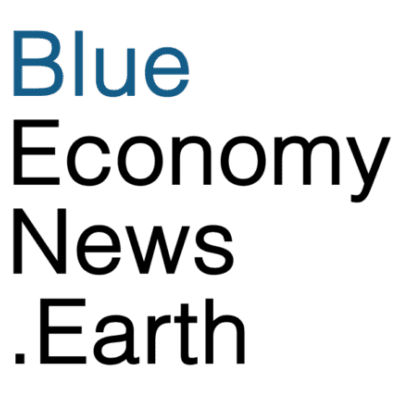The Biden Administration took several actions toward a sustainable Blue Economy in December. The Department of Energy (DOE) released an Action Plan for Maritime Energy and Emissions Innovation that lays out a strategy to eliminate nearly all greenhouse gas (GHG) emissions in the U.S. maritime sector by 2050. The DOE issued a Request for Information to try to clarify the parameters defining sustainable maritime fuels (SMFs). And President Biden encouraged Senate to join the United Nations Convention on the Law of the Sea (UNCLOS) which governs international waters to protect biodiversity and natural ecosystems and oversees the issue of deep sea mining.
Whether any of these plans will be carried out under the new administration remains to be seen.
The Action Plan for Maritime Energy and Emissions Innovation outlines actions, objectives, targets and activities to scale low- and net-zero emissions fuels, energies and technologies; strengthen the maritime workforce; bolster shipbuilding capacity; and expand infrastructure on land to support these transformations.
“The global maritime sector is pursuing sustainable maritime fuels,” noted Michael Berube, Deputy Assistant Secretary for Sustainable Transportation and Fuels for the Office of Energy Efficiency and Renewable Energy. “The United States is well positioned to be a global leader in producing, distributing, and selling these sustainable fuels that can provide more affordable options to the market.” Defining sustainable maritime fuels he said, will “help align the industry around common definitions, enabling broader adoption across the economy.”
About 99% of U.S. overseas trade enters or leaves the United States by ship. The industry around this trade contributes more than $500 billion to the U.S. gross domestic product and sustains over 10 million U.S. jobs. However, the action plan estimates the total amount of greenhouse (GHG) emissions from fuel sold in the United States for use in maritime applications accounts for 4% of the U.S. transportation sector’s GHG emissions. Large Ocean Going Vehicles represent nearly 70% of all GHG emissions from fuel bunkered in the United States.
Replacing traditional fuels with SMFs is the quickest strategy to reduce GHG emissions from the maritime sector. Depending on the primary feedstock of sustainable fuels, GHG emissions can be reduced by at least 50% (e.g. using biomass) and up to over 100% (e.g. using waste), according to the action plan. Drop-in fuel replacement solutions–alternative fuels that can be directly substituted for conventional fuels without major modifications to fueling distribution, fueling infrastructure, or existing engines for parallel structure and flow–are currently being developed. But the action plan said the maritime industry cannot rely solely on these replacements. Vessels must look towards alternative energy sources such as clean methanol, ammonia, hydrogen, electrification, and efficiency improvements as the industry moves towards zero- and near zero-emission fuels.
The action plan proposes the creation of a new initiative, the “Sustainable Maritime Fuel Grand Challenge,” that would work with industry and government to quickly deploy competitive, scalable fuels and technologies needed in the near term while building long-term capacity and infrastructure requirements. It also calls for international collaboration through continued U.S. leadership in the Mission Innovation: Zero-Emission Shipping Mission (ZESM), work within the International Maritime Organization (IMO), and U.S. commitments under the Green Shipping Challenge such as advancing green shipping corridors.
Biden also pitched a last-ditch effort to encourage Senate to ratify UNCLOS, an international treaty that establishes a legal framework for all marine and maritime activities. The effort is unlikely to succeed as previous efforts have all been blocked by politicians who felt that the multilateral agreement would restrict U.S. freedoms and sovereignty. Ratifying UNCLOS would give the U.S. more of a voice about deep sea mining in international waters, which is considered potentially highly lucrative but also highly environmentally hazardous to ocean health.

